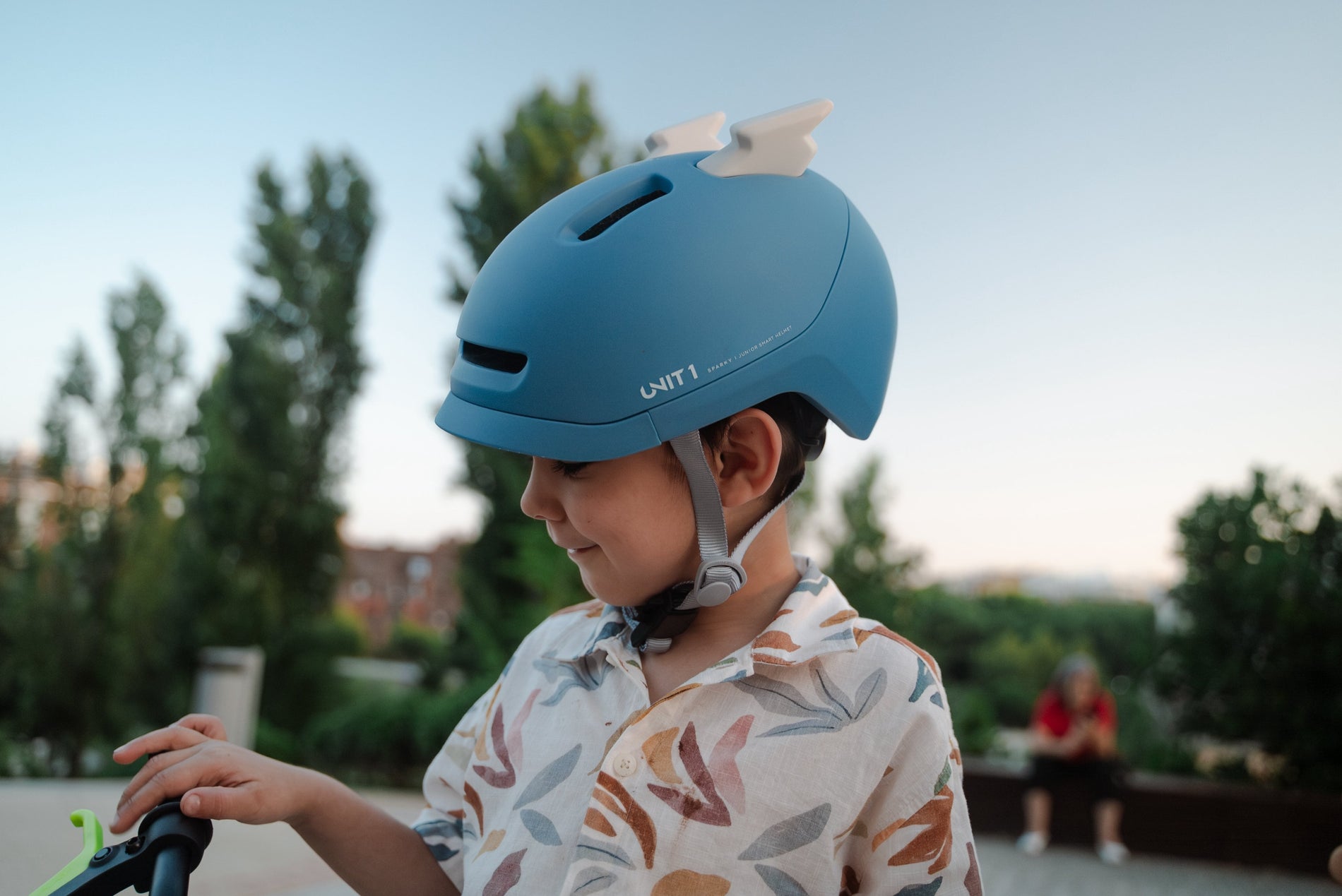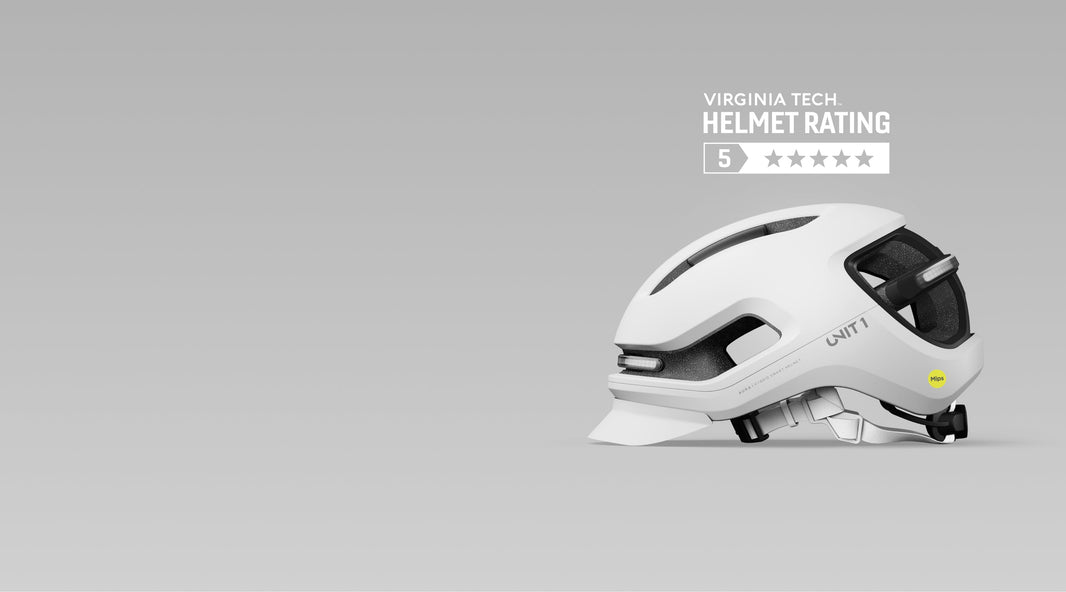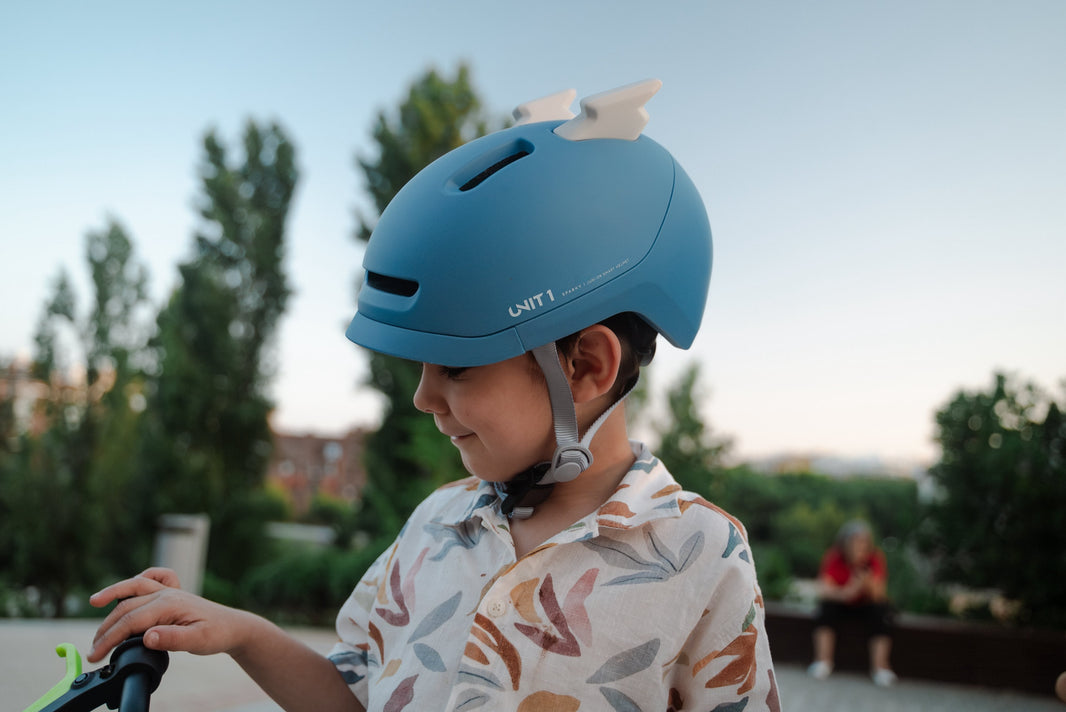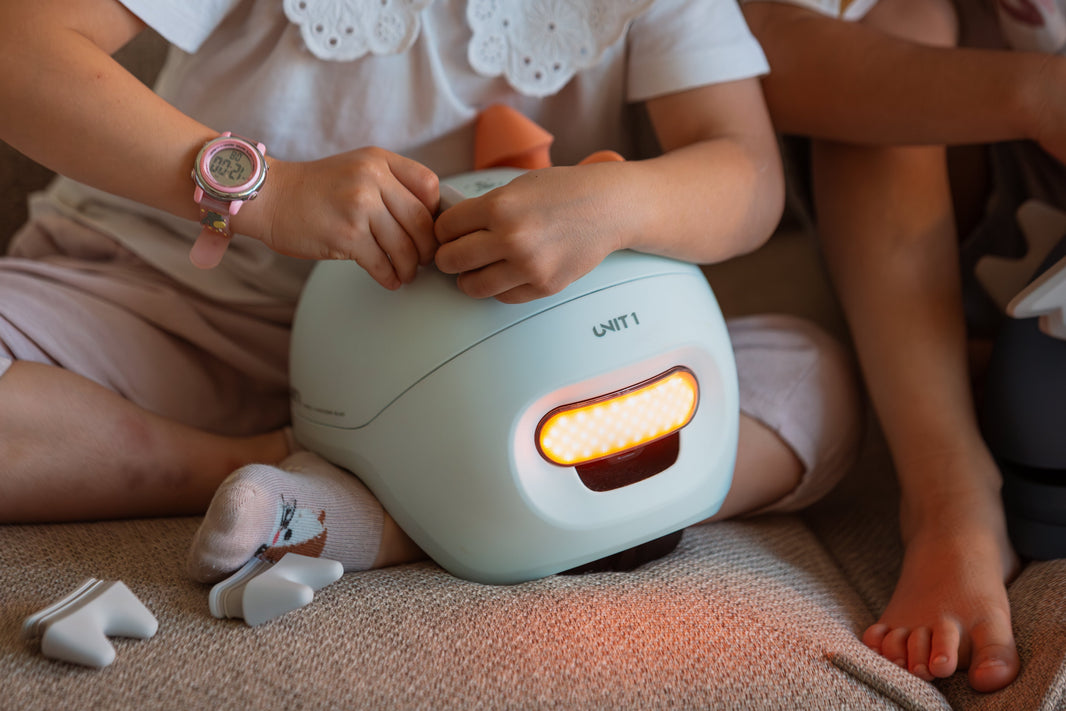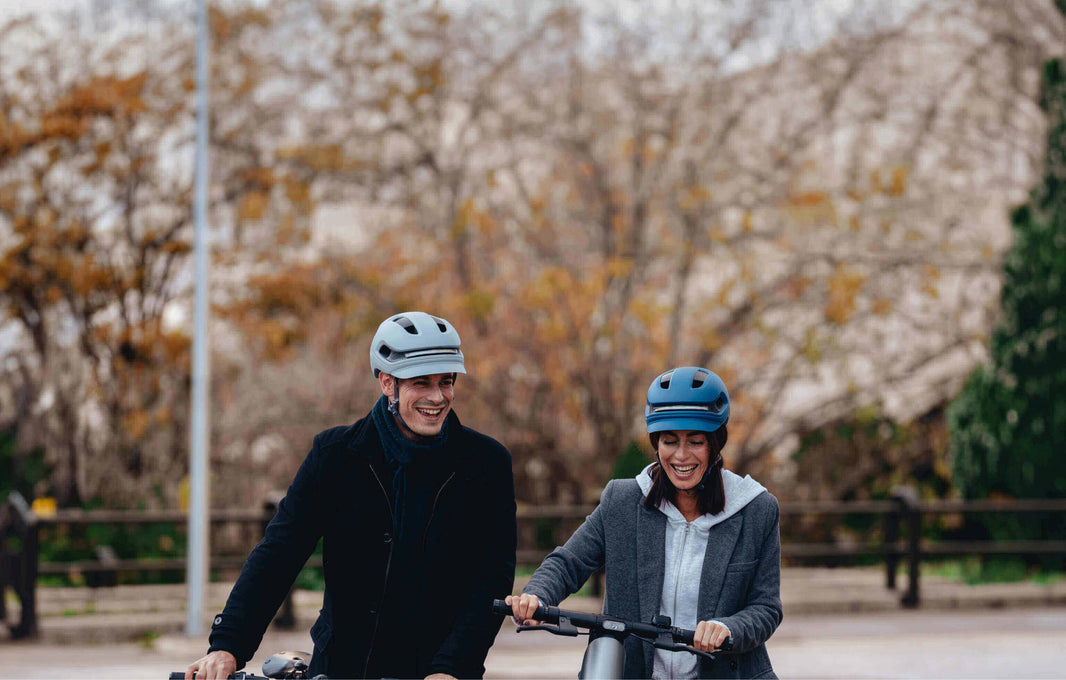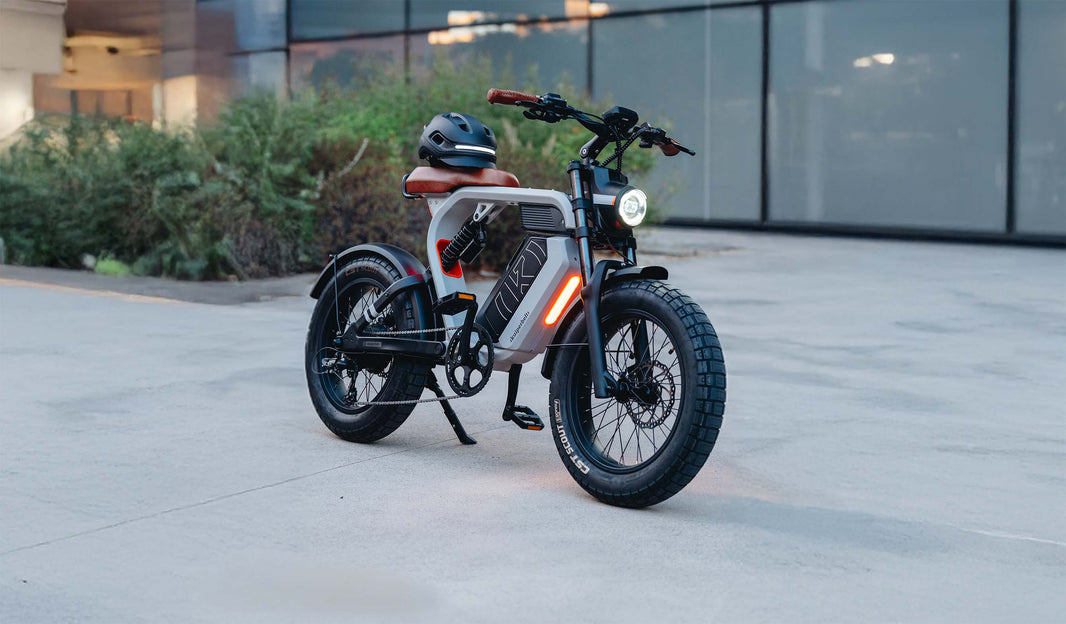You’re thinking about getting your kid their first bike, or maybe they’re already zipping around the neighborhood. Either way, one thing’s for sure: a bike helmet should be part of the plan from day one.
Not only is it a simple way to protect your child, but it's also key for child helmet injury prevention and for building lifelong safe cycling habits.
Let’s break it down fast, simple, and judgment-free.
Bikes Mean Freedom. Helmets Mean Confidence.
Riding a bike is one of those big “firsts” in a kid’s life. And like most firsts, it comes with a few tumbles. That’s where a good helmet comes in.
Think of it as their training wheels for the head, there to keep things safe while they learn, explore, and pick up speed.
How Effective Are Bike Helmets for Children?
Here’s the thing: kids fall. A lot. It’s part of learning. But their heads are still growing, and a hit to the head can have real consequences.
What helmets do:
-
Absorb the impact if they fall → which helps protect the brain.
-
Protect against cuts, bruises, and more serious injuries.
-
Help them bounce back quickly (with fewer tears).
They’re not just safety gear, they’re confidence boosters.
What Child Cycling Statistics Tell Us
We won’t hit you with scary number, but here’s what’s good to know:
-
Helmets can reduce head injuries by up to 85% (Nationwide Children’s Hospital, n.d.)
-
Most cycling accidents with kids happen close to home–driveways, parks, and sidewalks (Centers for Disease Control and Prevention [CDC], 2021).
-
The earlier you make helmets a habit, the more likely they’ll keep wearing them for years (Thompson, Rivara, & Thompson, 2000).
That’s what kids' bike helmet safety really looks like: simple steps that go a long way later.

What to Look For in a Kids Helmet
Shopping for a child’s helmet doesn’t have to be complicated. Just make sure it checks these boxes:
-
Certified for safety: Look for helmets that meet CPSC 1203 (U.S. standard) and EN 1078 (European standard). These certifications mean the helmet has been tested for impact absorption, strap strength, and coverage. Translation: it’s been proven to protect.
-
Adjustable fit: So it stays snug as they grow (and doesn’t wobble mid-ride).
-
Comfy and breathable: Because sweaty helmets = no thanks.
-
Bright, reflective, or even techy: Some helmets come with built-in lights or high-visibility accents to help them stand out, especially at dusk.
Secret tip: The key is to make safety fun. Some helmets even come with lights and fun designs that kids love, and you’ll love that they’re actually wearing them.
Pro Tip: Start Young, Keep It Normal
Make the helmet part of the routine, like putting on shoes. No bribes, no debates. Just helmet on = we ride. That simple rule makes a big difference.
Even toddlers on balance bikes benefit. (And honestly? They look adorable in their gear.)
Bottom Line
Whether your kid is just starting or already cruising around, a helmet isn’t overkill; it’s just smart parenting.
-
It protects their growing noggin.
-
It builds lifelong habits.
-
And it helps them ride with confidence (and fewer Band-Aids).
Want help picking a helmet they’ll actually want to wear? Looking for a kids helmet your child will actually love wearing? Explore UNIT 1’s

Reference
-
Centers for Disease Control and Prevention. (2021). Bicycle-related traumatic brain injuries among children and adults—United States, 2009–2018. Morbidity and Mortality Weekly Report, 70(19), 693–698. https://www.cdc.gov/mmwr/volumes/70/wr/mm7019a1.htm
-
Nationwide Children’s Hospital. (n.d.). Bike helmet safety. Retrieved June 23, 2025, from https://www.nationwidechildrens.org/family-resources-education/health-wellness-and-safety-resources/helping-hands/bike-helmet-safety
-
Thompson, D. C., Rivara, F. P., & Thompson, R. S. (2000). Helmets for preventing head and facial injuries in bicyclists. Cochrane Database of Systematic Reviews, (2), CD001855. https://doi.org/10.1002/14651858.CD001855
Q&A (Frequently Asked Questions)
What age should kids start wearing bike helmets?
A: Kids should wear a helmet from the moment they start riding—even toddlers on balance bikes. Early use builds good habits and protects their growing brains right from the start.
How do I choose the right bike helmet size for my child?
Measure your child's head circumference (just above the eyebrows) and choose a helmet that fits snugly without wobbling. Look for helmets with adjustable straps and sizing dials for a secure fit as they grow.
Do kids’ helmets need specific safety certifications?
Yes. Look for helmets certified by recognized standards like CPSC (U.S.) or EN 1078 (Europe). These ensure helmets meet strict safety guidelines for protecting your child.
Should I replace my child’s helmet after a minor fall?
Helmets should be replaced after any significant impact, even if damage isn't visible. Materials inside helmets are designed to absorb impacts only once. Replace helmets every 3-5 years regardless of visible damage.
How effective are bike helmets in preventing head injuries for kids?
Bike helmets reduce the risk of head injury by up to 85%, significantly lowering the chance of serious injury during a fall. Making helmet use a routine ensures ongoing protection.
